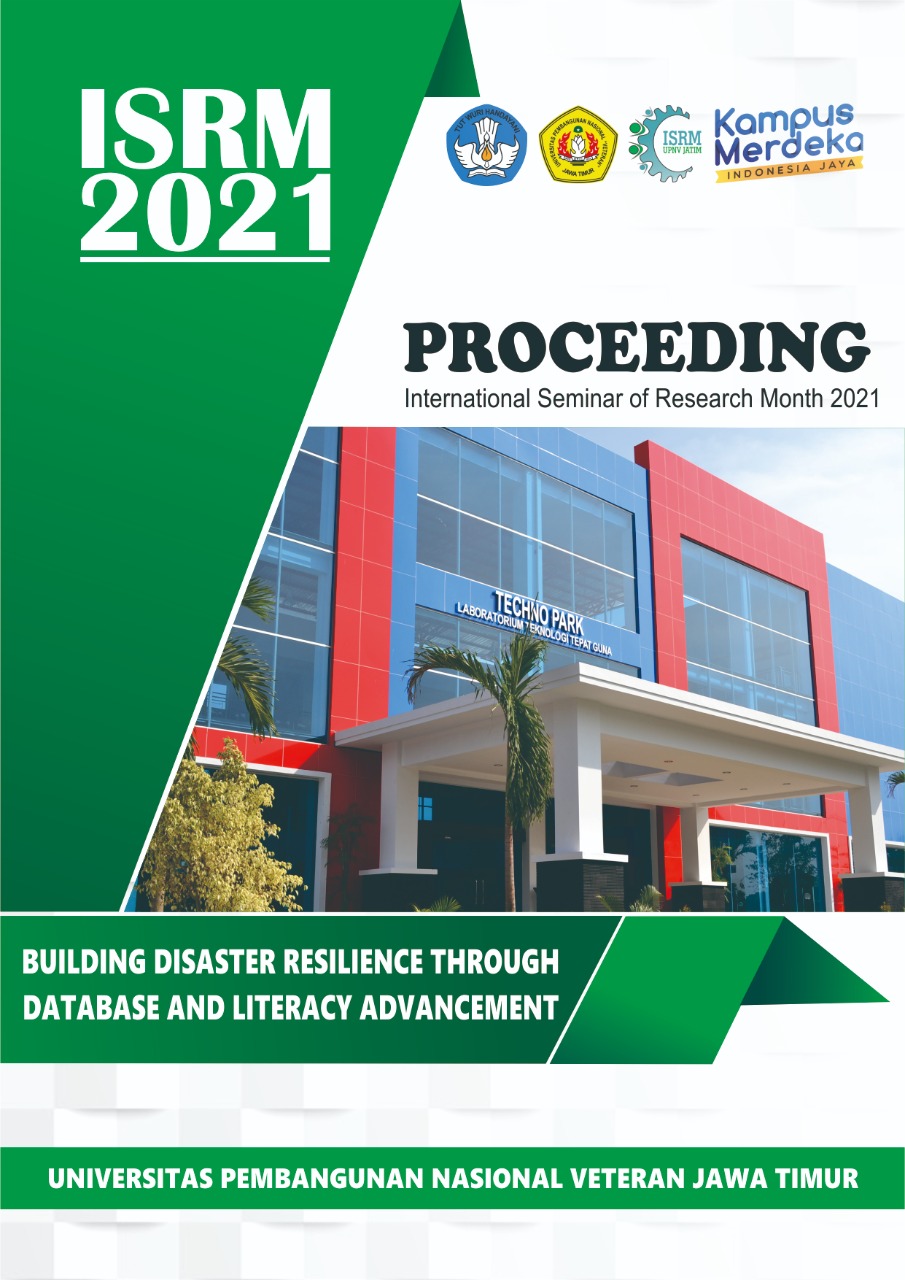Production of Trash Cans from Used Masks (Not Health Facilities) in Suko Village, Sukodono District, Sidoarjo City
DOI:
https://doi.org/10.11594/nstp.2022.2447Keywords:
Used masks, trash bin, Suko Village, Sidoarjo CityAbstract
Suko Village is a village located in Sukodono District, Sidoarjo Regency, East Java Province with the majority of the livelihood being self-employed and partly formal workers. The Covid-19 pandemic has had a huge impact on jobs and masked waste. Employment income decreased and mask waste increased. The problem of mask waste afflicts the people of Suko Village. because of the lack of skills and knowledge possessed in the use of mask waste, the people of Suko Village cannot process a lot of mask waste. Meanwhile, for domestic waste management activities, both sporting and collecting waste, it is very embedded and cultured as well as committed in terms of managing the environment. Residents of RT 1 RW 1 Suko Village have participated in the collection of waste that still has a sale value. However, it is not optimal because temporary trash bins are always alkaline exposed to rainwater, and are not neat in the collection, which can affect the selling value of a waste product itself. The purpose of this activity is to use mask waste into a modified and applicable trash bin to be a supportive place for storing waste that has a selling value. In the implementation of this activity, several stages are carried out, namely planning, preparation, and implementation (training, product manufacture, and application use). The planning stage is an explanation of the design of the garbage bin. The preparation stage is the socialization of the benefits of the garbage bin. The implementation stage is conducting training in making garbage bins from masks. The mask waste goes through a chemical and physical sterilization process before use and changes its shape. Next is the activity evaluation stage. By using these 2 units of garbage bins, we were able to reduce the number of masks waste by 128 pieces of used masks. Each of these trash bins has a capacity of 0.16 m3. Storage conditions in dry and neat conditions increased sales of used bottles and paper by 14.5% from the previous month for bottles and cardboard.
Downloads
Downloads
Published
Conference Proceedings Volume
Section
License
Copyright (c) 2022 Rizka Novembrianto , Firra Rosariawari, Muslikha Nourma Rhomadhoni

This work is licensed under a Creative Commons Attribution 4.0 International License.
Authors who publish with this proceedings agree to the following terms:
Authors retain copyright and grant the Nusantara Science and Technology Proceedings right of first publication with the work simultaneously licensed under a Creative Commons Attribution License that allows others to share the work with an acknowledgement of the work's authorship and initial publication in this proceeding.
Authors are able to enter into separate, additional contractual arrangements for the non-exclusive distribution of the proceedings published version of the work (e.g., post it to an institutional repository or publish it in a book), with an acknowledgement of its initial publication in this proceeding.
Authors are permitted and encouraged to post their work online (e.g., in institutional repositories or on their website) prior to and during the submission process, as it can lead to productive exchanges, as well as earlier and greater citation of published work (See the Effect of Open Access).














